Description
At room temperature, formaldehyde is a colorless, flammable gas that has a distinct, pungent smell. It is also known as methanal, methylene oxide, oxymethyline, methylaldehyde, and oxomethane. Formaldehyde is naturally produced in small amounts in our bodies. It is used in the production of fertilizer, paper, plywood, and urea-formaldehyde resins. It is also used as a preservative in some foods and in many products used around the house, such as antiseptics, medicines, and cosmetics.
Solids containing varying amounts of formaldehyde, probably as paraformaldehyde (polymers of formula HO(CH2O)xH where x averages about 30). A hazard to the environment. Immediate steps should be taken to limit spread to the environment.
Formaldehyde, solution, flammable appears as a colorless aqueous solution of formaldehyde, which is a gas at ordinary conditions. Has a pungent irritating odor. Flash point varies from 122 to 141 °F. Denser than water. The vapors are heavier than air and are highly irritating to the nose. Toxic if swallowed. Contact can cause severe injury to the skin accompanied by drying, cracking, and scaling. Used to make plastics, other chemicals, and fertilizers. Used as a preservative and a corrosion inhibitor. Rate of onset: Immediate Persistence: Hours Odor threshold: 1 ppm Source/use/other hazard: Disinfection/germicide; fungicide; textile; health care (tissue fixing).

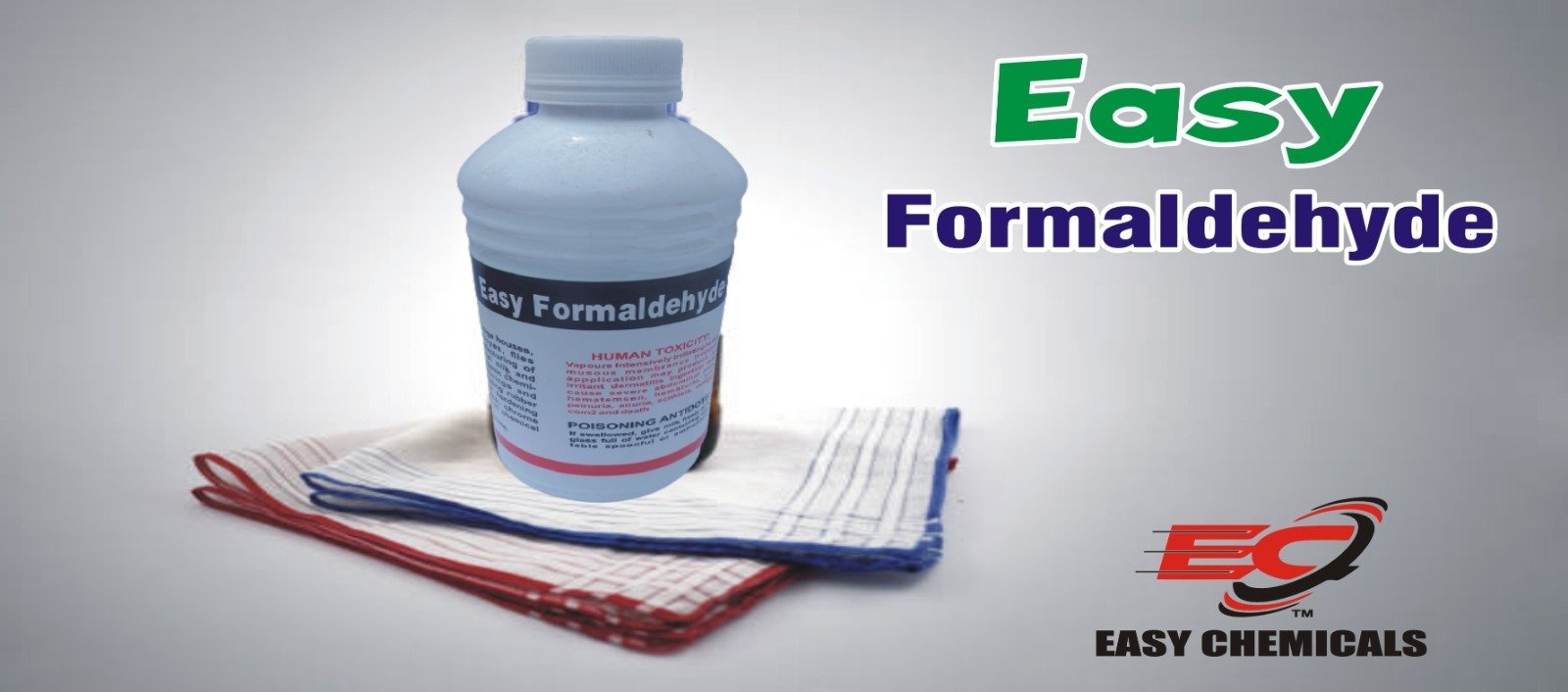
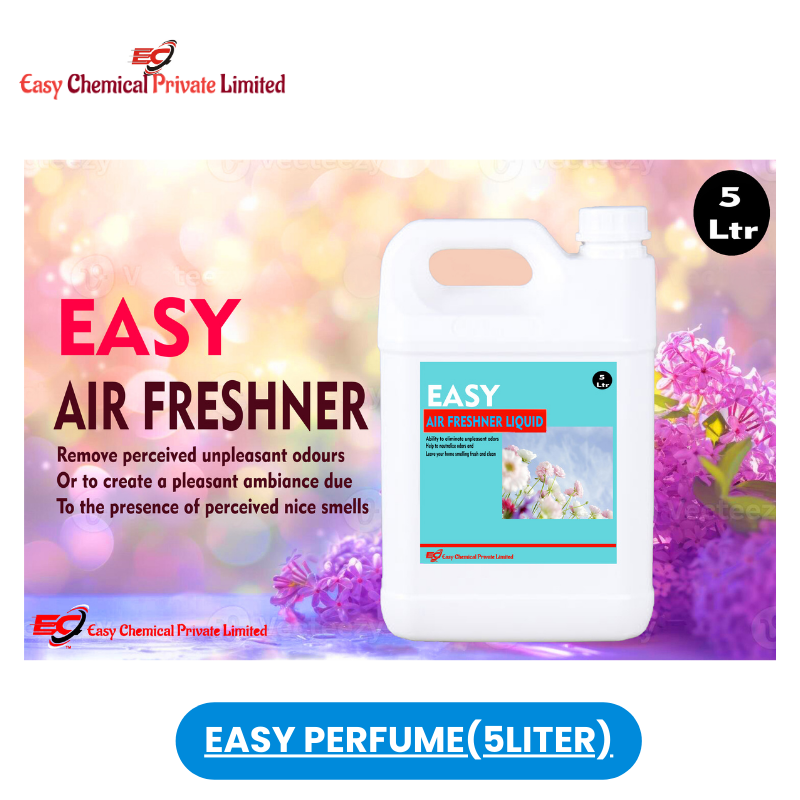





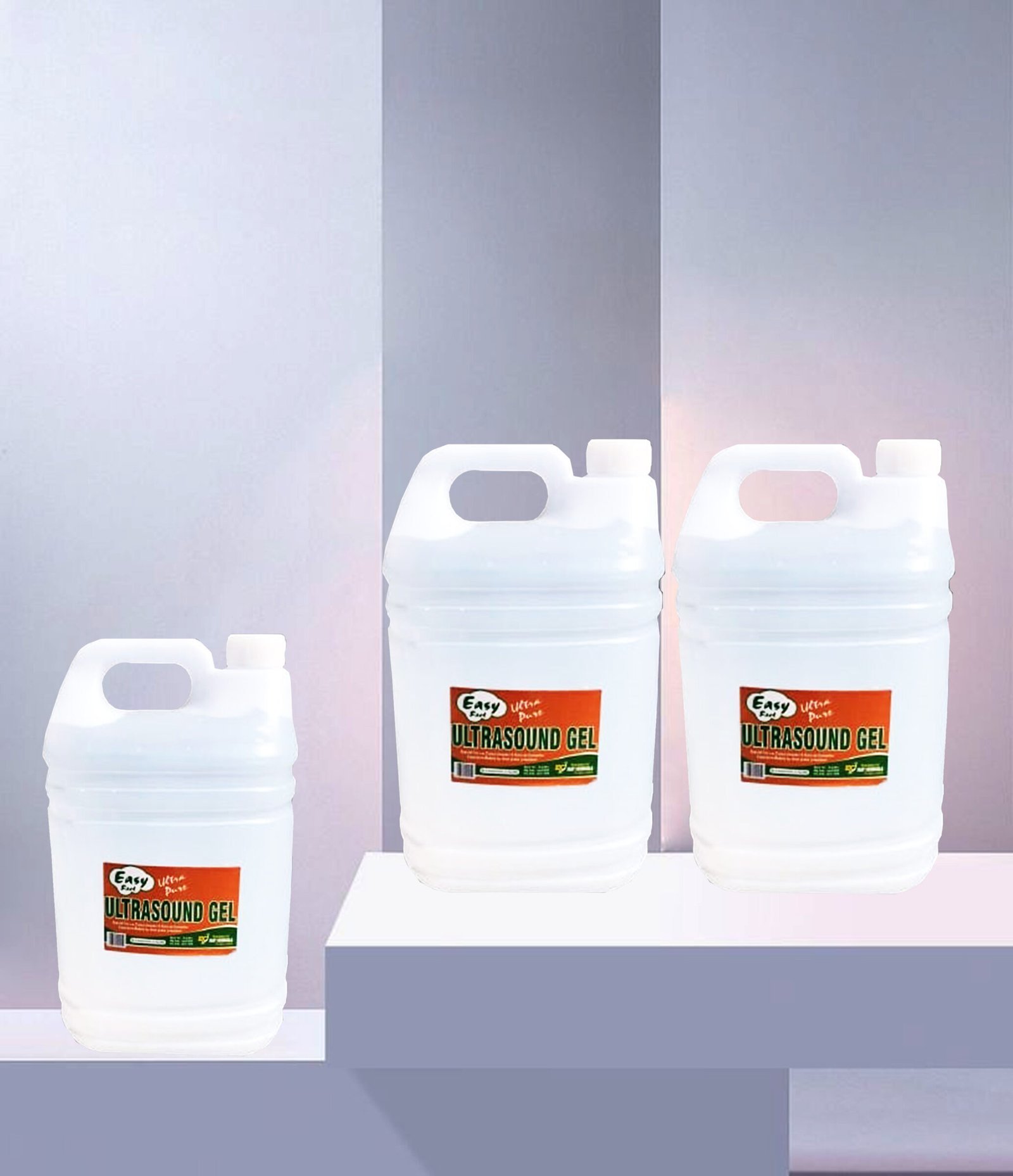
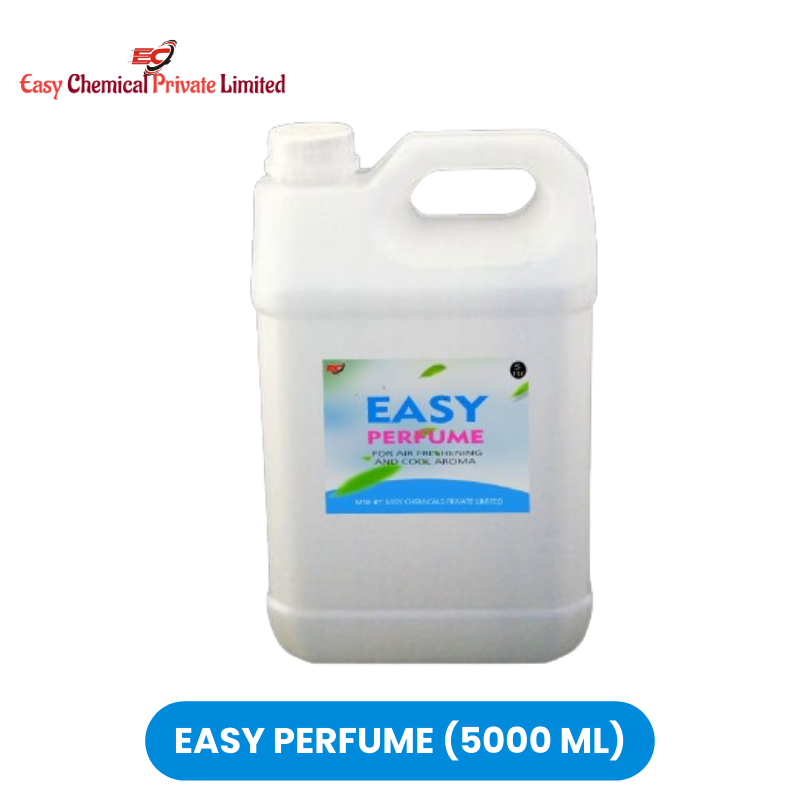
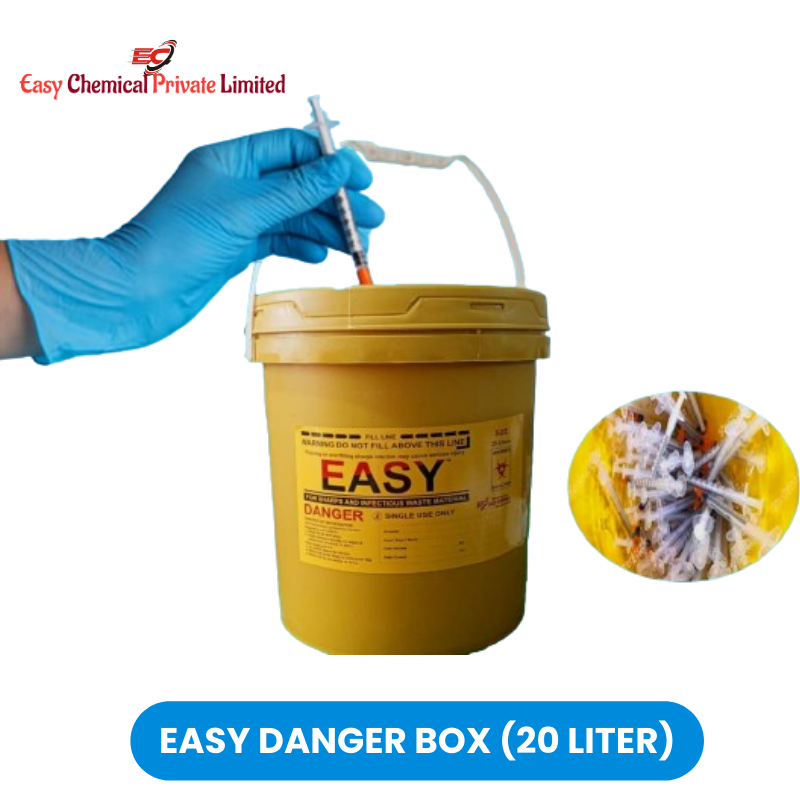
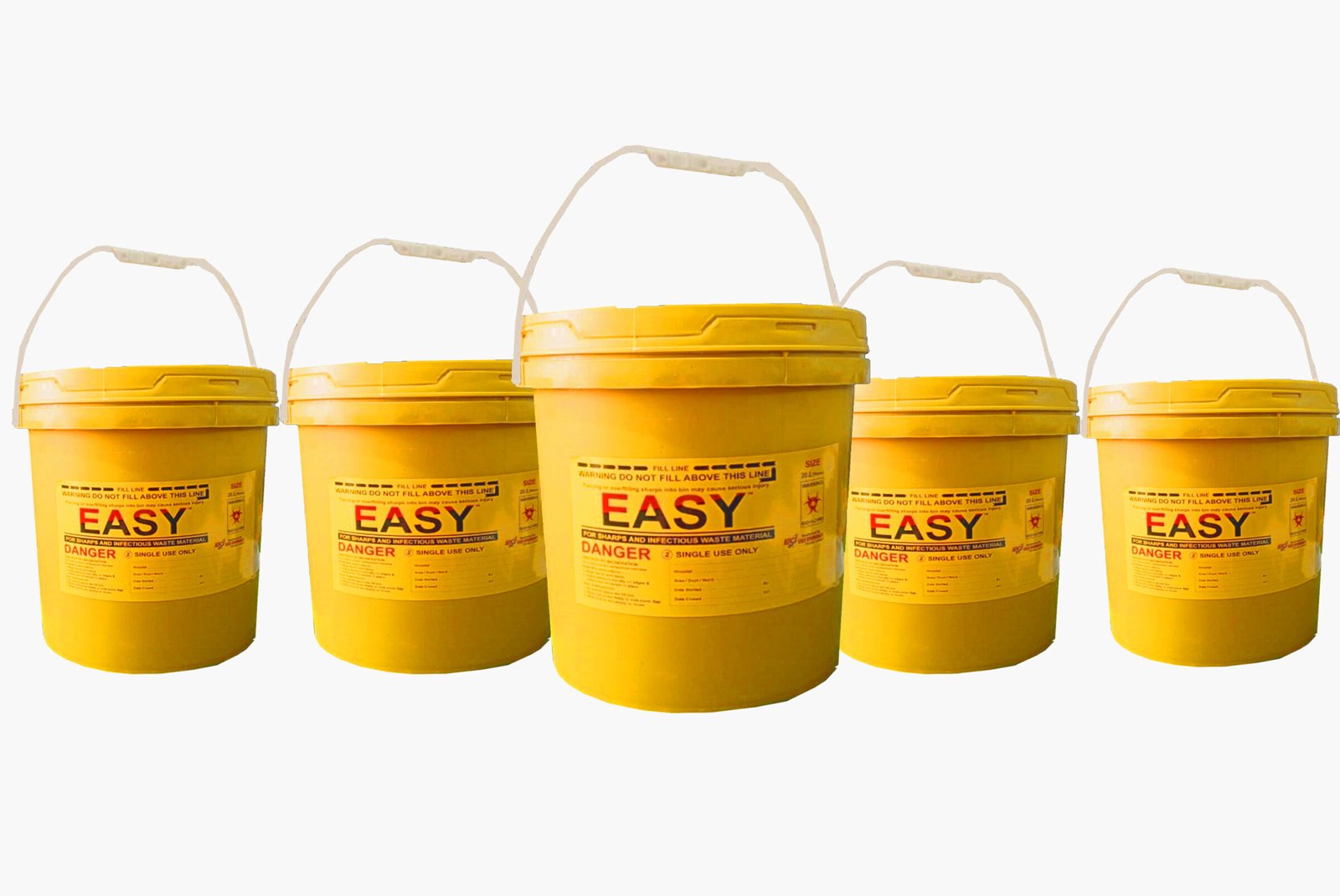
Reviews
There are no reviews yet.